
2019-2020 NGA CHAIR’S INITIATIVE
INFRASTRUCTURE: FOUNDATION FOR SUCCESS
In July, 2019 then NGA Chair and Maryland Governor Larry Hogan launched a national, year-long initiative focused on fixing America’s crumbling infrastructure. This 2019-2020 NGA Chair’s Initiative, Infrastructure: Foundation for Success, brought together thought leaders from government, business, and academia to work with the nation’s governors on developing the best ideas in pursuit of a common mission: building a more efficient, innovative, smart, resilient and secure infrastructure foundation for success.
With America’s economy suffering from the coronavirus pandemic, investing in infrastructure has become more urgent to the prosperity of our nation than at any time in modern history. As a result, Governor Hogan has accelerated the release of this report by two months. America simply cannot afford to wait for action any longer.
Governors across the country are leading the way by upgrading roads, bridges, interstate rail, and mass transit, improving regional and international airports, repairing aging water systems, providing high-speed internet access and connectivity, and keeping our infrastructure secure and sustainable, but they need support from Washington to make critical investments in our nation’s future.
Now is the time for the federal government to follow the example of governors and prioritize fixing our infrastructure to get our economy back on track. By holding summits across the country, learning the best practices from both governors and international leaders, as well private sector stakeholders, Governor Hogan has identified key priorities that Congress and the Administration should address.
I. Relieve Congestion to Boost Economic Competitiveness
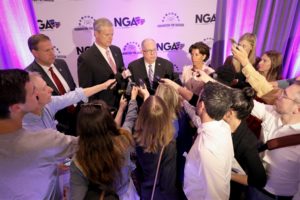
Americans have lost countless hours of their lives in soul-crushing traffic. To address the perpetually clogged state of America’s streets and highways, the federal government needs to increase flexible funding for states to find modern, adaptable, and creative solutions to relieve congestion across all transportation modes. This includes support for our transit systems and critical freight networks that continue to provide essential goods and services while purposefully operating at reduced capacity in keeping with COVID-19 health guidelines. Whether people or goods are traveling by land, sea, rail, or air, Americans need a network they can count on that is safe, efficient, adaptable, and well-maintained.
Chair’s Recommendations:
As Congress considers the next surface transportation authorization, states should be granted maximum flexibility to relieve congestion and invest in adaptable and innovative solutions. This will require Congress to seek a balanced approach in federal funding across all modes.
Governors support preserving the funding levels and formula distributions of the FAST Act, which outline how state DOTs receive their funds and how they are required to be spent at the state level or sub-allocated to MPOs. Key priorities include:
- Preserving the Highway Trust Fund split, which is 80-20 between the Highway Account and the Mass Transit Account.
- Keeping the current formula ratio at 92 percent for core highway programs distributed to the states.
- Maintaining the current sub-allocated Surface Transportation Block Grant (STBG) program funding, which is set at 55 percent of total funding.
Governors support reliability and certainty of formula funding and state flexibility of surface transportation dollars, rather than prescriptive requirements for funding usage or new discretionary grant programs that could be awarded to other entities such as MPOs, transit agencies, ports, or other units of government.
II. Enhance Efficiency by Eliminating Red Tape and Integrating Smart Technology
Past federal actions to streamline project delivery, such as those in the FAST Act and One Federal Decision, made a dent in the often redundant and lengthy approval and permitting processes that increase project time and costs and fill the public and private partners with uncertainty.
More must be done to expand these streamlined processes to more projects, increasing transparency and reducing permitting review and completion times, while safeguarding the intent that underlies critical environmental, planning, design, and procurement reviews.
The efficiency of our infrastructure can be measured by three key determinants: the cost and duration of a project, the project outcomes, and the ease of maintenance of the infrastructure.
Beyond permitting and process reforms, efforts must also be made to increase the efficiency of our infrastructure itself, by incorporating new technological capabilities related to increased connectivity, autonomy, digital information, and electrification. States are leading the way in embracing new practices and technologies that provide innovative solutions to traditional infrastructure needs; federal investments should support the deployment of these technologies and reward positive, evidence-based outcomes. Further, we must expand broadband access so that all communities can utilize emerging and existing connected technology. Broadband and IT infrastructure that runs and is intertwined with America’s vital transportation networks is a foundation for tomorrow’s success. As our nation recovers from the COVID-19 pandemic, expanded access to broadband in both rural and urban communities is especially critical to addressing the digital divide and improving educational and employment opportunities for all Americans. With the change in delivery of instruction due to the pandemic, enabling students from disadvantaged backgrounds to transition to online learning is a particularly pressing need.
Chair’s Recommendations:
As Congress considers the next surface transportation authorization, the One Federal Decision policy should be codified for highway projects, which would establish a 2-year goal for completion of environmental reviews and a 90-day timeline for related project authorizations. Further, clear guidance that is developed collaboratively with the states on the front lines of delivering infrastructure would modernize the delivery process in an efficient manner without sacrificing the important safeguards the processes were designed to ensure.
As Congress considers additional relief and economic stimulus in response to the coronavirus, we must strengthen the federal-state partnership to expand individual and communal access to broadband.
III. Strengthen Security and Resiliency by Protecting America’s Critical Infrastructure from Disaster and Cyber Threats
Pandemics are not the only threat that our country will face this decade. Weather and climate-related impacts, including wildfires, hurricanes, tornadoes, floods, and earthquakes will test the physical resiliency of our infrastructure, while the barrage of increased cyber-attacks threaten to steal confidential information and hijack our increasingly connected and cyber-dependent systems.
While we must fix and expand existing infrastructure, we must also invest in resiliency and security to modernize our infrastructure for both today’s generation and those to come. We must attend to needs across our rural, urban and suburban areas. Infrastructure encompasses more than roads and bridges. It also includes city and community development, transit, passenger rail, seaports and airports, inland waterways and electric vehicle charging networks. It involves water and wastewater systems, dams and reservoirs, electricity grids and power plants, public buildings and broadband networks.
Strengthening the resiliency of each of these aspects of our infrastructure to the scale of physical and digital threats that we face must be a national priority. The COVID-19 pandemic has brought this issue to the forefront, as activities that have been traditionally conducted in-person, including monitoring, inspection, permitting, and reviews, are increasingly transitioning online. The shift to virtual operations will require a renewed focus on protecting the data systems that support our critical infrastructure.
Chair’s Recommendations:
As Congress considers all levels of infrastructure legislation, limited waivers for the most vulnerable or underserved communities should be allowed to have up to 100 percent of the cost of the project covered by the federal government to ensure resiliency measures are afforable and implementable. Additionally, robust partnerships between the public and private sectors for innovative and sustainable funding are more critical than ever.
As Congress considers cyber security legislation, funding is needed to prioritize best practices at all levels of government and help participating state and local governments coordinate resources, better respond to threats, and plan for a strong and resilient cyber future.
IV. Finance for the Future by Leveraging Private Sector Investments
Government — whether federal, state, or local — simply cannot afford what it will take to address all the gaps that currently exist in our collective investment in America’s infrastructure. States need a comprehensive approach that allows for leveraging a variety of funding sources and flexibility to match the right tool with each project.
Private investments and strong public private partnerships play a critical role in modernizing our infrastructure. Federal infrastructure programs should support state efforts to leverage the full range of infrastructure financing options, and build increased capacity to screen projects for the most beneficial project delivery model.
Chair’s Recommendations:
As Congress considers all levels of infrastructure legislation, flexible financing and tax treatment should be encouraged to promote economic competitiveness and innovative project delivery structures.
Congress should consider helping state and local governments access vital new revenue sources for investment in state and local infrastructure. For example, Congress should provide meaningful federal incentives for state and local governments to pursue the long-term lease of existing infrastructure assets, with the requirement that proceeds from these leases get reinvested into new infrastructure assets. These leases have the potential to inject hundreds of billions of dollars of new private and public capital into American infrastructure, which will create jobs and drive economic growth.
Congress should consider providing new tools and resources to help state and local governments bring projects to the market and access private sector capital and expertise through the expanded use of P3s, state P3 offices, infrastructure asset inventories, and predevelopment grants. Additional resources for the Build America Bureau would help achieve this.
- These options not only help bring capital resources to the table, but also relieve the state of the long-term maintenance of infrastructure costs, stretching the use of existing state and federal dollars and providing greater value for the investment.
- A broader set of tools involving private sector capital allows states to have better access to private sector collaboration and innovative solutions.
Infrastructure is the foundation states are built upon. It impacts every part of the day-to-day life of our citizens: from economic development and global competitiveness, to our quality of life, safety, environment, and resiliency. As we seek effective solutions to speed our economic recovery from the COVID-19 pandemic, now is the time for a national program for infrastructure investment based on the common-sense principles outlined above.
Explore Infrastructure Innovations
As states seek to meet the infrastructure demands of the 21st century, they are exploring innovative approaches for managing congestion, enhancing project efficiencies, ensuring critical systems are secure and resilient, and funding and financing projects.


The Year In Review
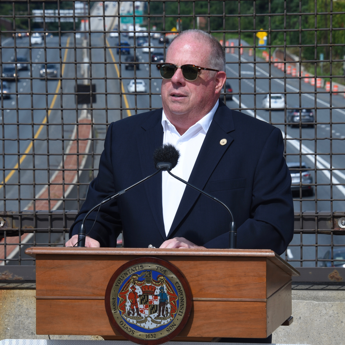
Governor Larry Hogan
Maryland | 2019 – 2020 NGA Chair
Infrastructure Stakeholder Summit I – Congestion Relief
Watch The Highlights
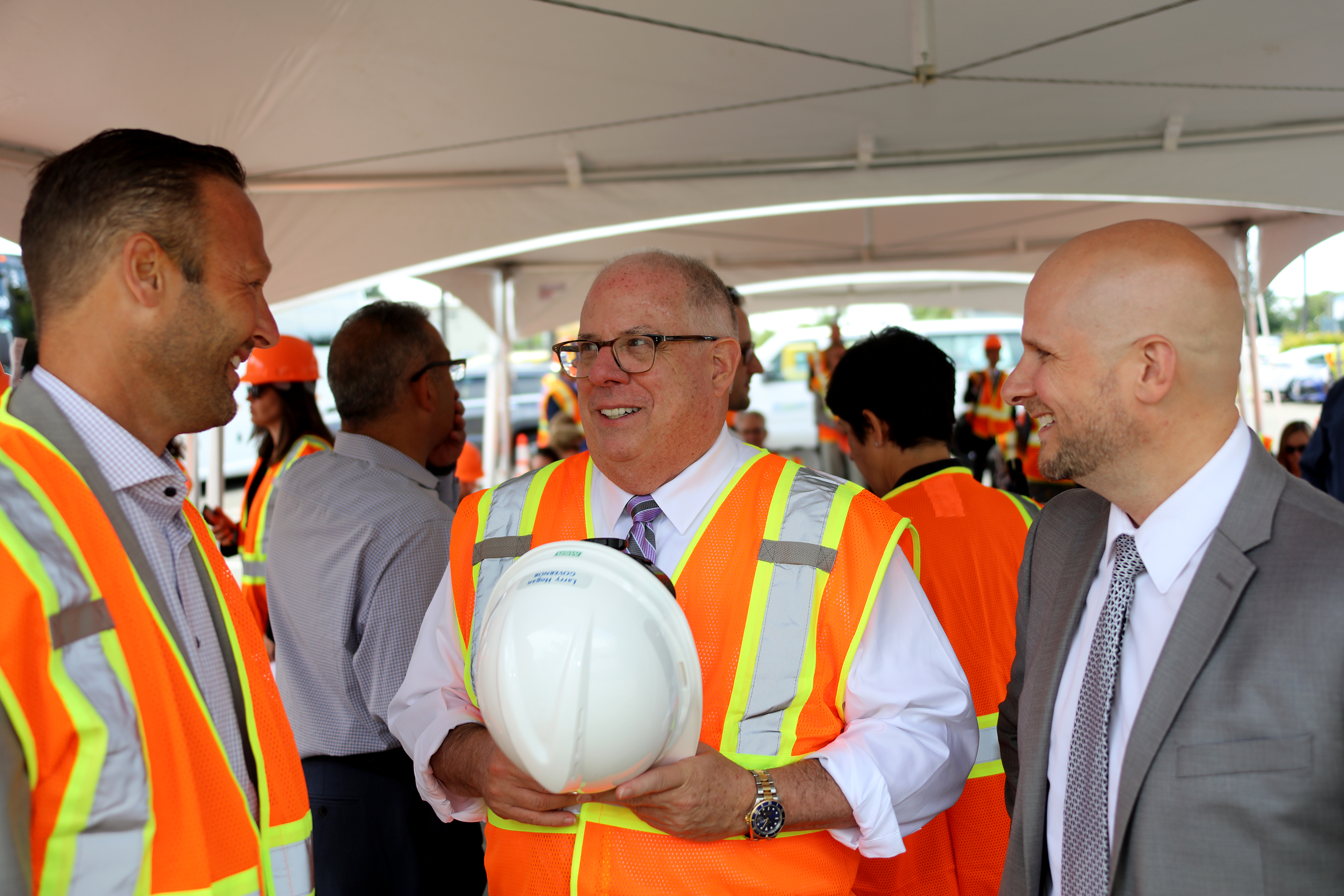
International Study Tour In Australia
Watch The Highlights
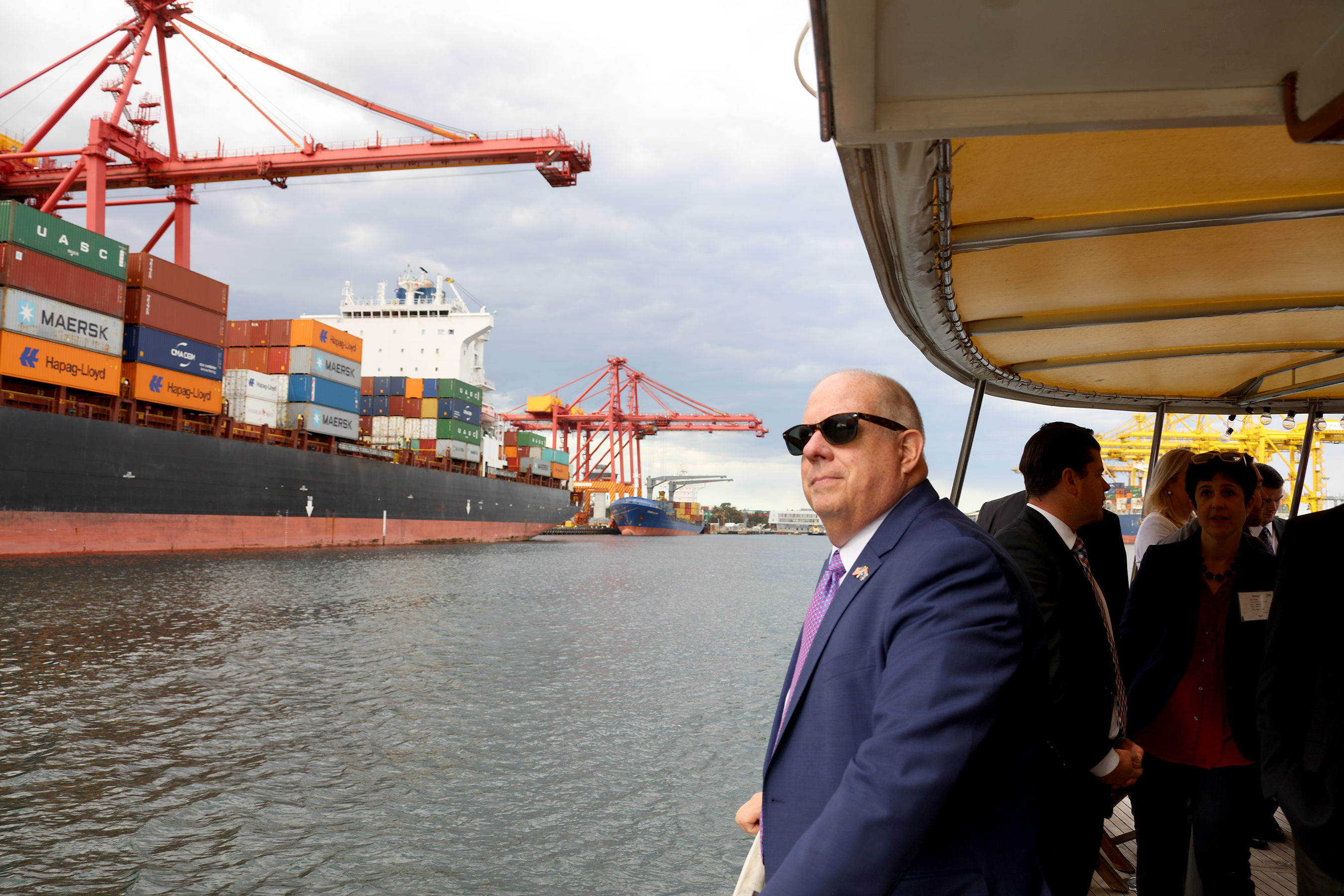
Infrastructure Stakeholder Summit II — Strengthening Security and Resiliency
Watch The Highlights

Infrastructure Stakeholder Summit III — Enhancing Efficiency
Watch The Highlights

Infrastructure Stakeholder Summit — Financing For The Future
Watch The Sessions

Latest News
Sponsors
Infrastructure: Foundation for Success is supported by the following sponsors:
-
Amazon

-
Ardian

-
Ashurst
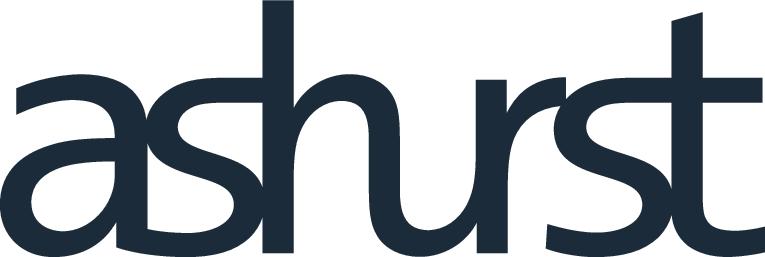
-
Building a Better America Coalition

-
Crown Castle

-
Cintra

-
Clark Construction Group
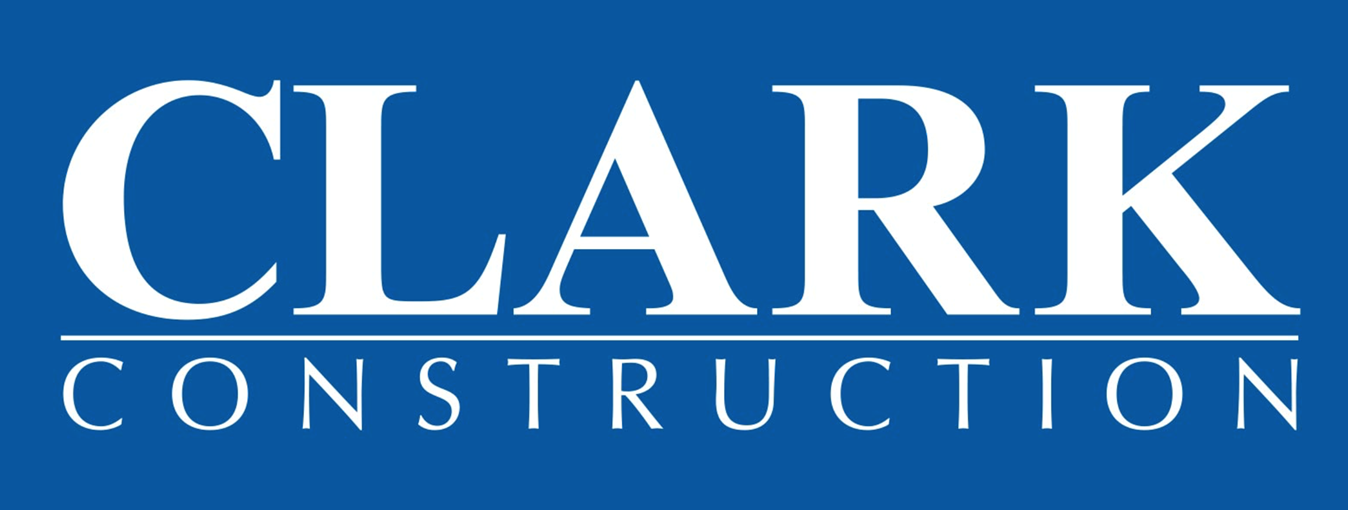
-
Deloitte

-
Dominion Energy
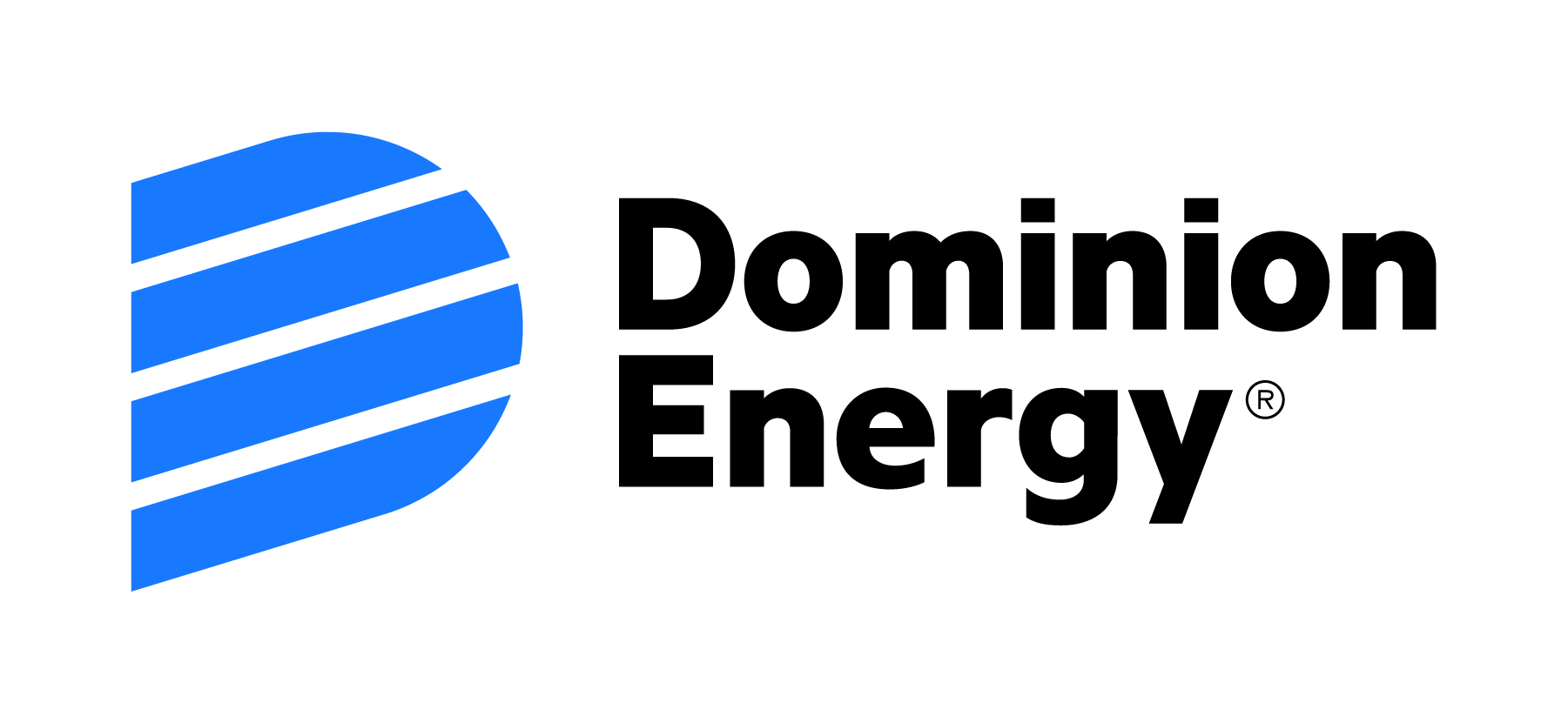
-
Exelon/BGE

-
Fluor

-
General Motors

-
GIIA

-
Great Lakes Dredge & Dock
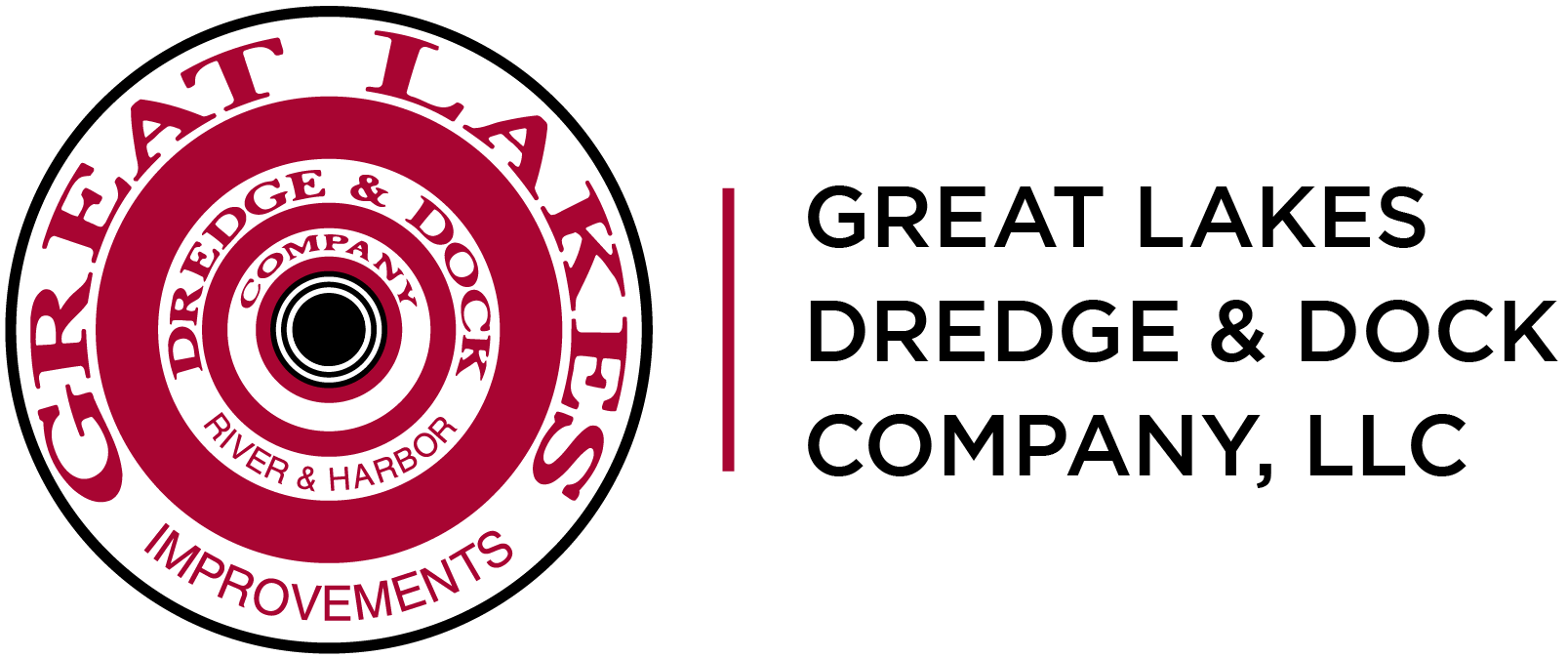
-
Howard Hughes

-
IFM Investors

-
Itinera/Halmar International
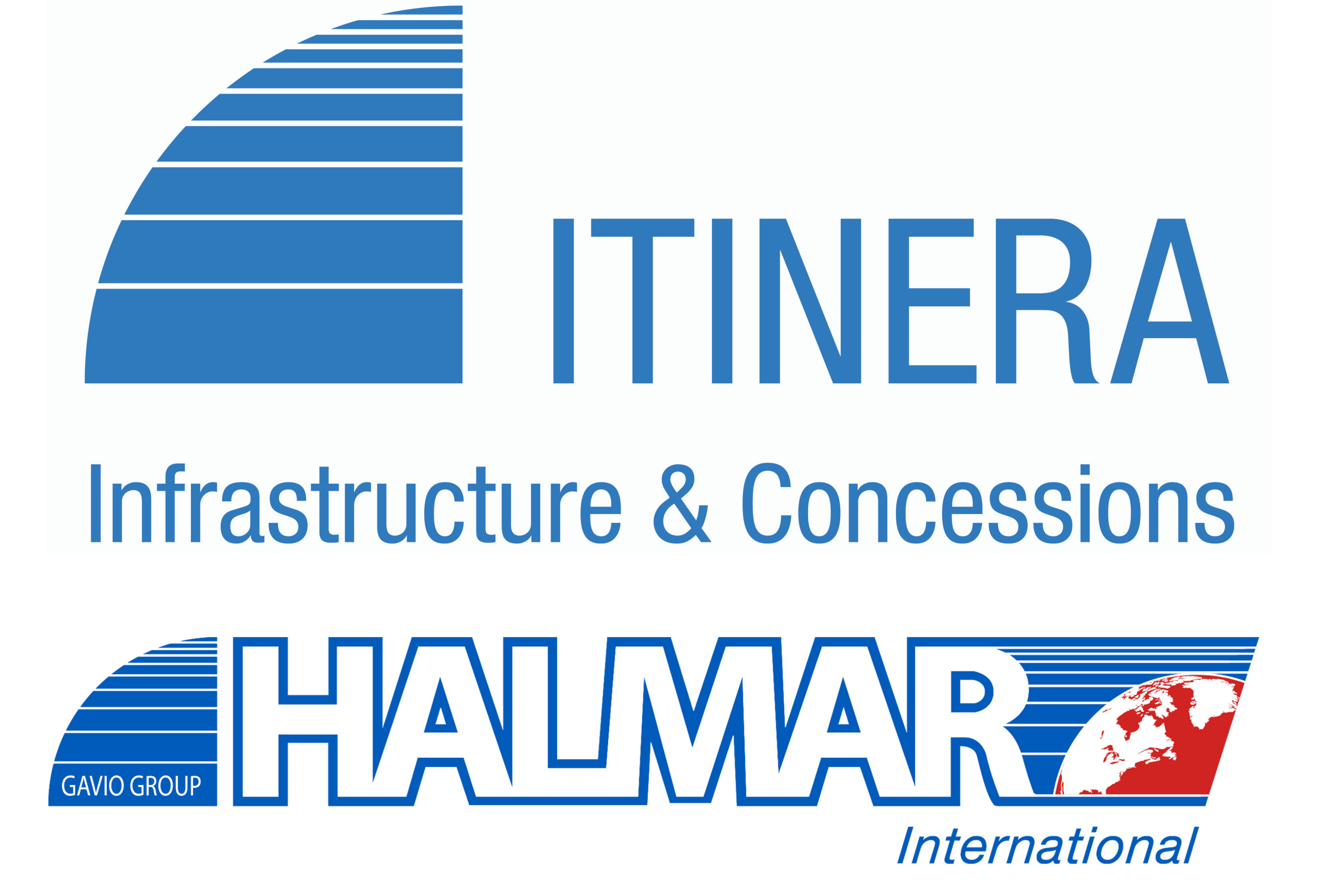
-
Keidanren

-
Lockheed Martin

-
Lyft

-
Macquarie

-
Meridiam

-
SoftBank

-
Redwood Capital Investments

-
TC Energy

-
Transurban

-
Uber

-
Whiting-Turner

LOOKING FOR MORE INFORMATION?
If you would like more information on this initiative, please contact the staff of NGA’s Energy, Infrastructure & Environment Division at this email: infrastructure@nga.org




















